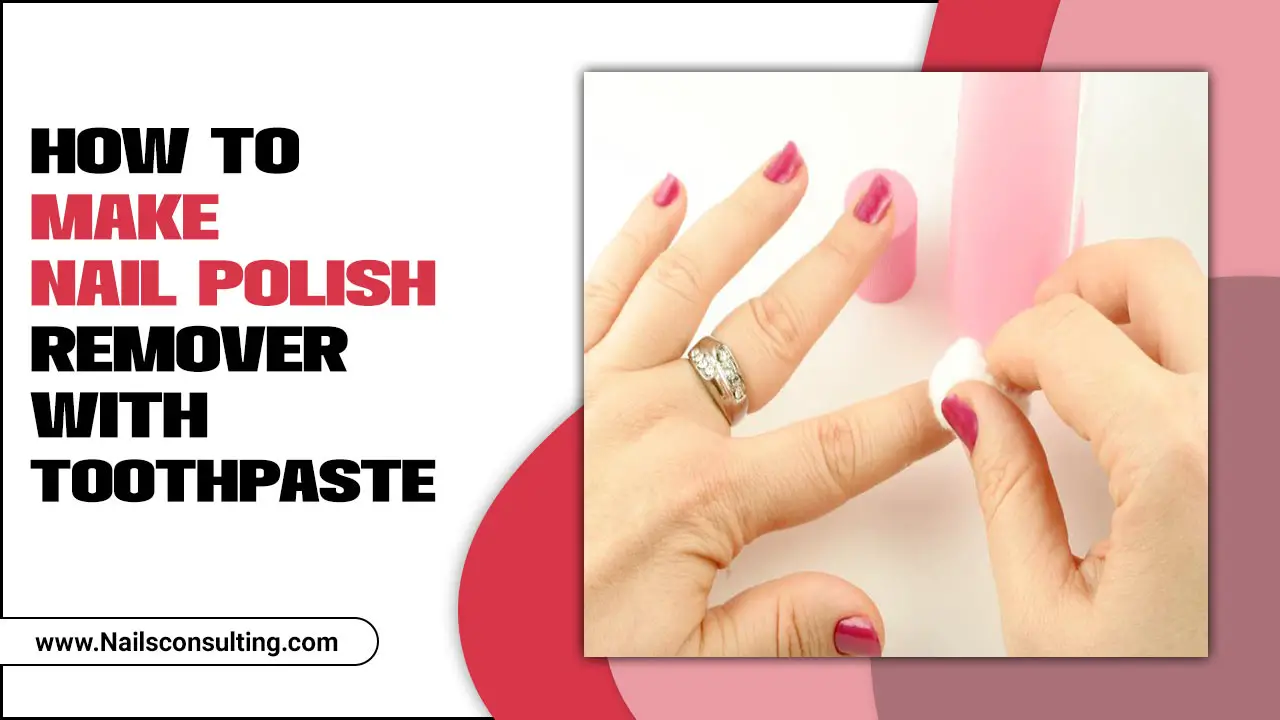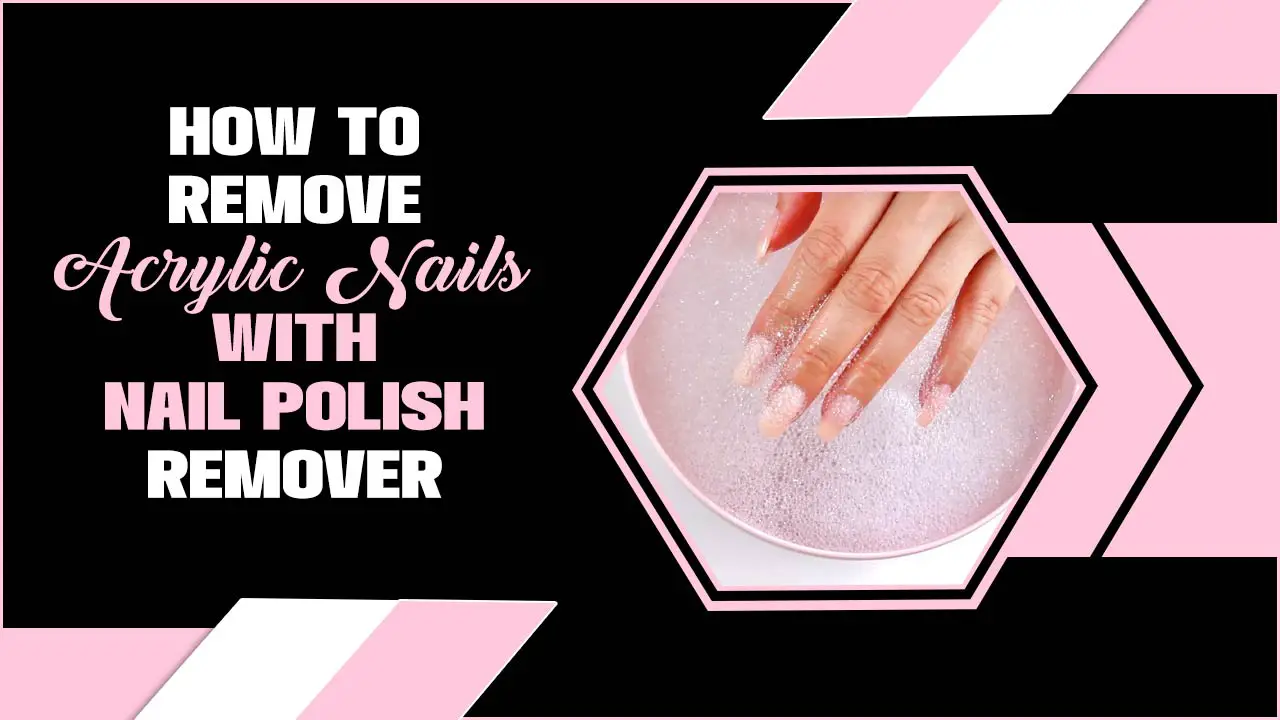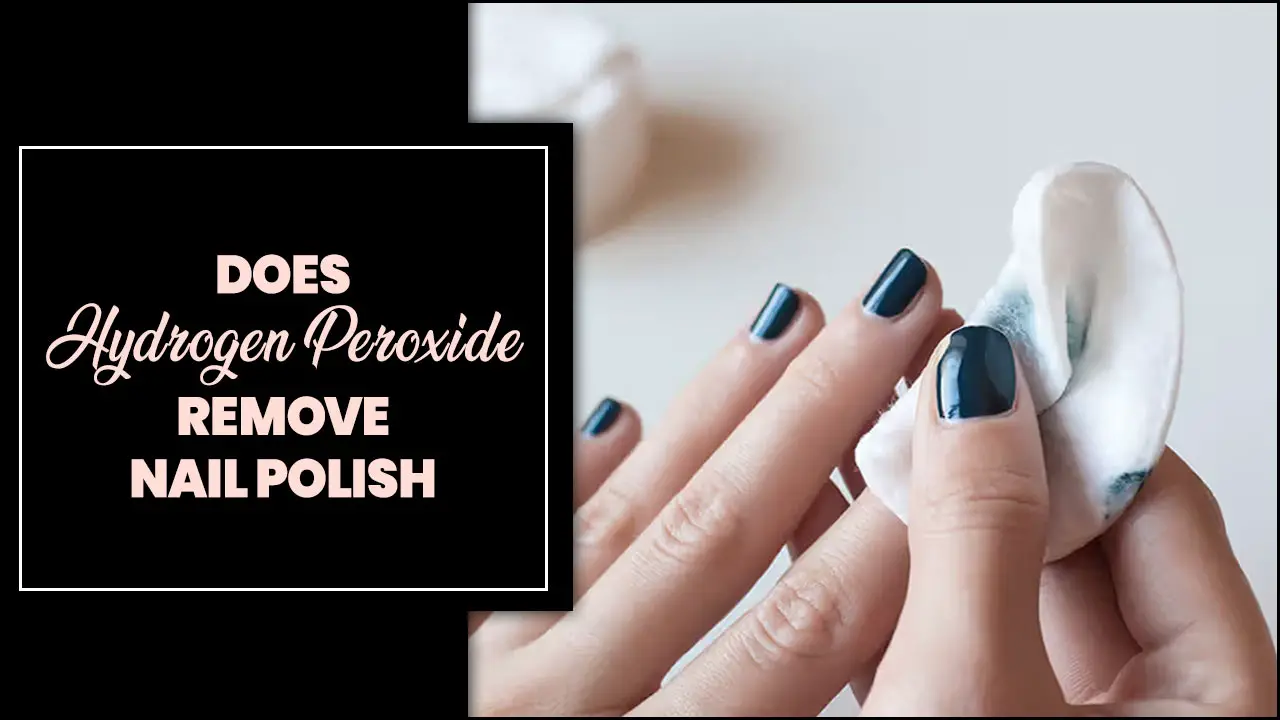Nail polish is a common beauty staple for many individuals, providing a way to express oneself through colorful and creative designs on the nails.
However, when it’s time to remove the polish, many are unaware of the difference between nail polish remover and acetone. While these two products may seem similar and are often used interchangeably, important distinctions exist between them. Understanding these differences can help maintain the health and appearance of your nails and save you time and money in the long run.
Here we will delve into the question, “Are nail polish remover and acetone the same?. So, whether you are a seasoned nail polish user or just starting, read on to discover the truth behind nail polish remover and acetone.
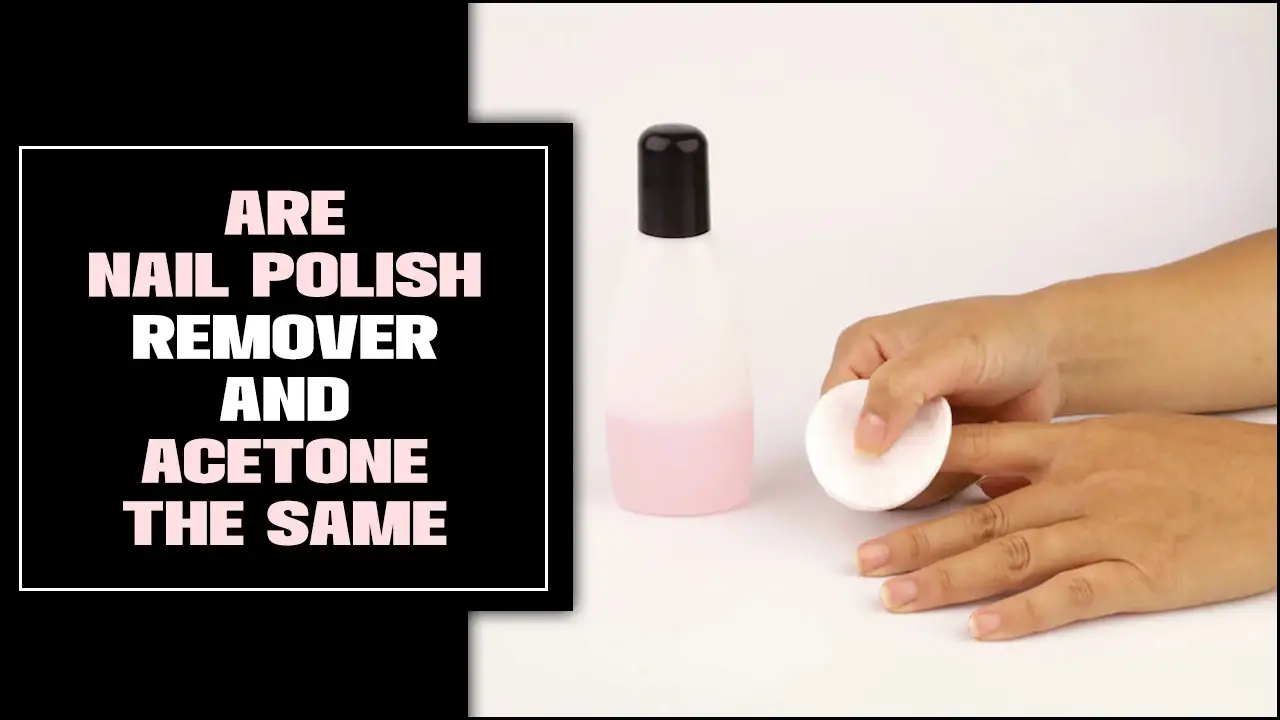
Are Nail Polish Remover And Acetone The Same – Clearing Up Confusion
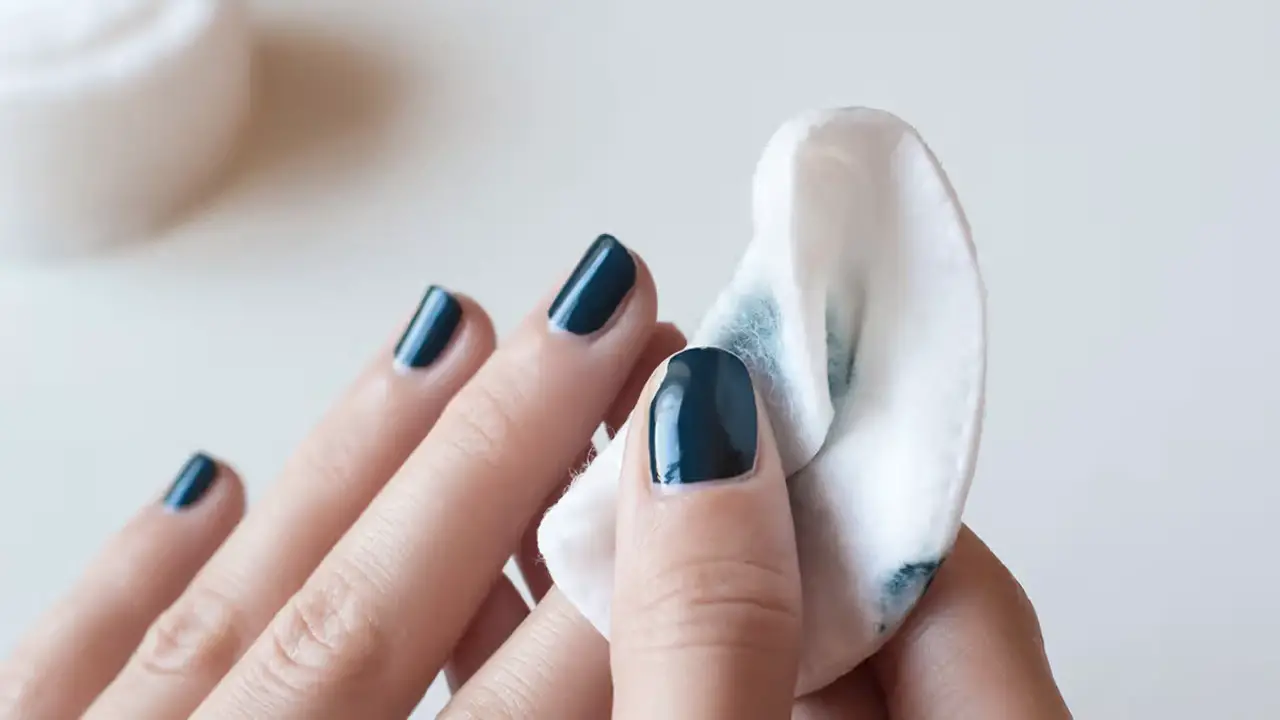
Many people wonder if nail polish remover and acetone are the same thing. While nail polish remover often contains acetone, they are not necessarily the same. Nail polish remover is a product specifically designed to remove nail polish from the nails, and it may contain acetone as one of its ingredients.
On the other hand, Acetone is a chemical compound that can be used for various purposes, including as a solvent for removing nail polish. Below we’ll discuss more on this topic, are nail polish remover and acetone the same. We’ll show you the difference between nail polish remover and acetone.
What Is Acetone?
Acetone is a colorless liquid that is commonly used as a solvent. It has a strong, sweet odor and can be found in many household products, such as nail polish remover, paint thinner, and cleaning agents. Acetone is highly volatile and evaporates quickly when exposed to air.
It is also flammable, so it should be handled with care. In addition to its use as a solvent, acetone is also used in producing plastics, fibers, and pharmaceuticals. It can dissolve many substances, making it an effective cleaning agent for removing paint, grease, and other stubborn stains.
What Is Nail Polish Remover?
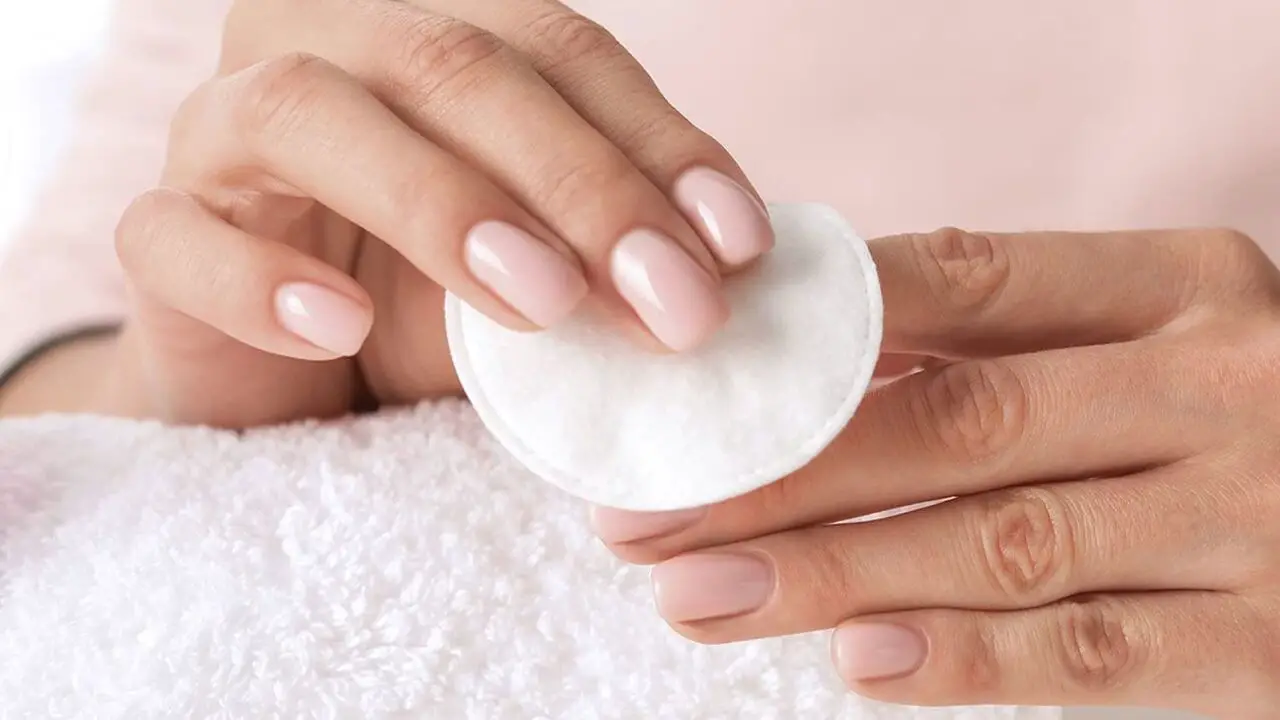
Nail polish remover is a common household product that removes nail polish from nails. It typically contains acetone or another solvent that helps to dissolve and remove the nail polish. Nail polish remover comes in different forms, including liquids, wipes, and pads.
When using nail polish remover, it is important to follow the instructions on the packaging and use it in a well-ventilated area. Some nail polish removers may contain additional ingredients like moisturizers or conditioners to help protect the nails and cuticles from drying out.
Similarities Between Acetone And Nail Polish Remover
Acetone and nail polish remover are often handy interchangeably, as they share many similarities. While there may be slight differences in formulation between different brands of nail polish remover, they generally share similar properties and uses due to the presence of acetone. Here are some similarities between acetone and nail polish remover:
- Both acetone and nail polish remover contain the chemical compound acetone.
- Both acetone and nail polish remover are highly flammable substances.
- Both acetone and nail polish remover has a strong, pungent odor.
- Acetone and nail polish remover can be handy for cleaning and degreasing.
- Both acetone and nail polish remover can dissolve certain plastics and synthetic materials.
- Due to their strong fumes, acetone and nail polish remover should be handy in a well-ventilated area.
Differences Between Nail Polish Remover Vs Acetone
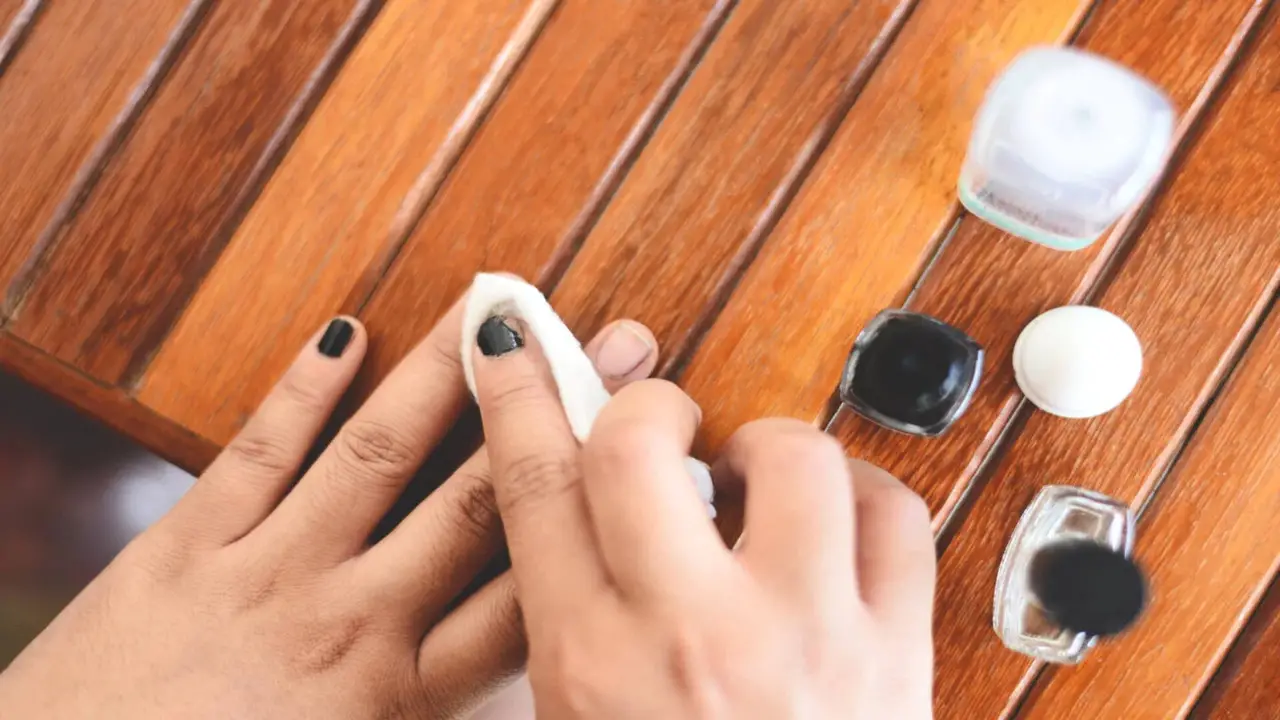
Acetone and nail polish remover are often handy interchangeably, but they have some key differences. Nail polish removers commonly contain acetone, which is a strong solvent. It is highly effective at removing nail polish but can also be harsh on the skin and nails. On the other hand, people specifically design nail polish remover as a milder solution for removing nail polish. Below is a discussion in detail.
- Purpose: Nail Polish Remover specifically designed to remove nail polish, while Acetone is a general-purpose solvent
- Ingredients: Nail Polish Remover contains acetone or non-acetone solvents, Acetone is pure acetone.
- Strength: Acetone is stronger and faster at removing nail polish compared to Nail Polish Remover
- Effects: Nail Polish Remover is gentler on nails and cuticles, Acetone can be drying and damaging to nails
- Availability: Nail Polish Remover is widely available in various formulas. Hardware stores or beauty supply shops commonly sell acetone.
Components
Acetone and nail polish remover may seem similar, but their components have some key differences. Also, acetone is a pure chemical compound, while nail polish remover typically contains acetone and other ingredients like oils, fragrances, and moisturizers. Acetone is popular for its strong odor and ability to quickly dissolve nail polish, making it a popular choice for removing stubborn polish.
Nail polish remover, on the other hand, maybe gentler on the nails and cuticles due to the added moisturizing agents. It’s important to read the label and understand the ingredients in your nail polish remover to ensure it aligns with your specific needs and preferences.
Miscibility with water
One key difference between acetone and nail polish remover is their miscibility with water. Acetone is completely miscible with water, meaning it can dissolve and mix evenly with water. This makes acetone a highly effective solvent for removing nail polish, as it can easily break down the polish and allow it to be wiped away.
On the other hand, most nail polish removers contain a mixture of solvents that are not fully miscible with water. While they can still effectively remove nail polish, they may require more effort and rubbing than acetone. Additionally, some non-acetone nail polish removers may leave behind a residue or oily feeling on the nails due to their limited miscibility with water.
Uses
Acetone and nail polish remover are often handy interchangeably, but the two have some key differences. Acetone is a strong solvent commonly handy in industrial settings and can be harsh on the skin and nails. It is highly effective at removing stubborn nail polish but can also strip the nails of natural oils and leave them dry and brittle.
On the other hand, nail polish remover is specifically formulated for use on the nails and is generally milder than acetone. It typically contains other ingredients, such as moisturizers and conditioners, to help nourish the nails while effectively removing nail polish.
Composition And Chemical Properties Of Nail Polish Remover
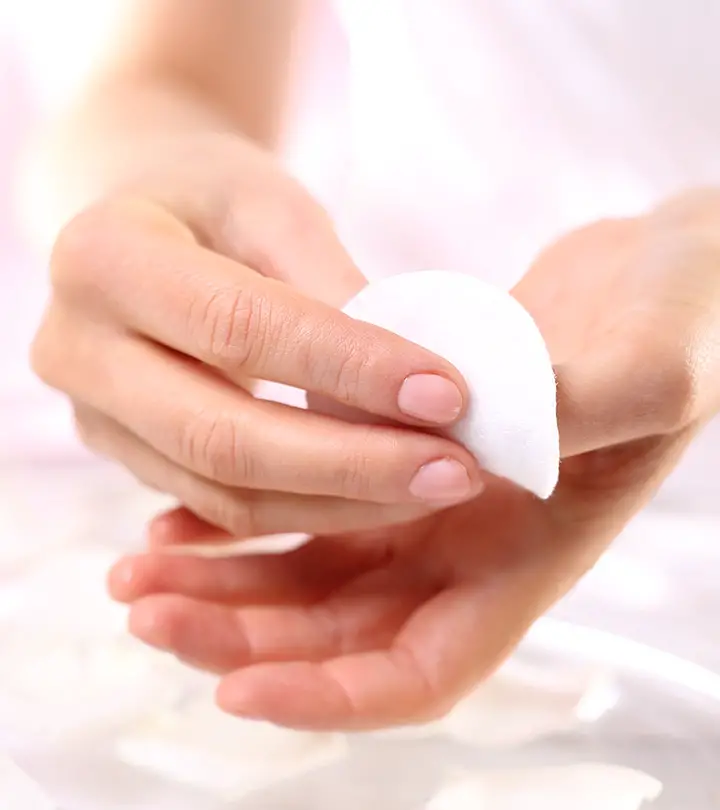
Nail polish remover and acetone are often interchangeable, but are they similar? While nail polish remover does contain acetone as its main ingredient. It may also contain other solvents and oils to help nourish and protect the nails.
On the other hand, Acetone is a pure solvent commonly used in industrial settings. It is popular for its strong odor and ability to quickly dissolve substances like nail polish. So nail polish remover and acetone share similarities. It’s important to note that they are not exactly the same thing.
Composition And Chemical Properties Of Acetone
Acetone is a commonly handy chemical in nail polish removers, but are they the same thing? The answer is yes and no. While acetone is the main active ingredient in most nail polish removers. There may be other additives or solvents that can vary between different brands and formulations.
Acetone is a colorless liquid with a distinct odor, popular for its strong solvent properties. It is highly effective at breaking down and removing nail polish, making it a popular choice. However, it is important to note that acetone can dry the nails and cuticles. So it’s always a good idea to moisturize after using it.
Effects Of Nail Polish Remover On Nails And Skin
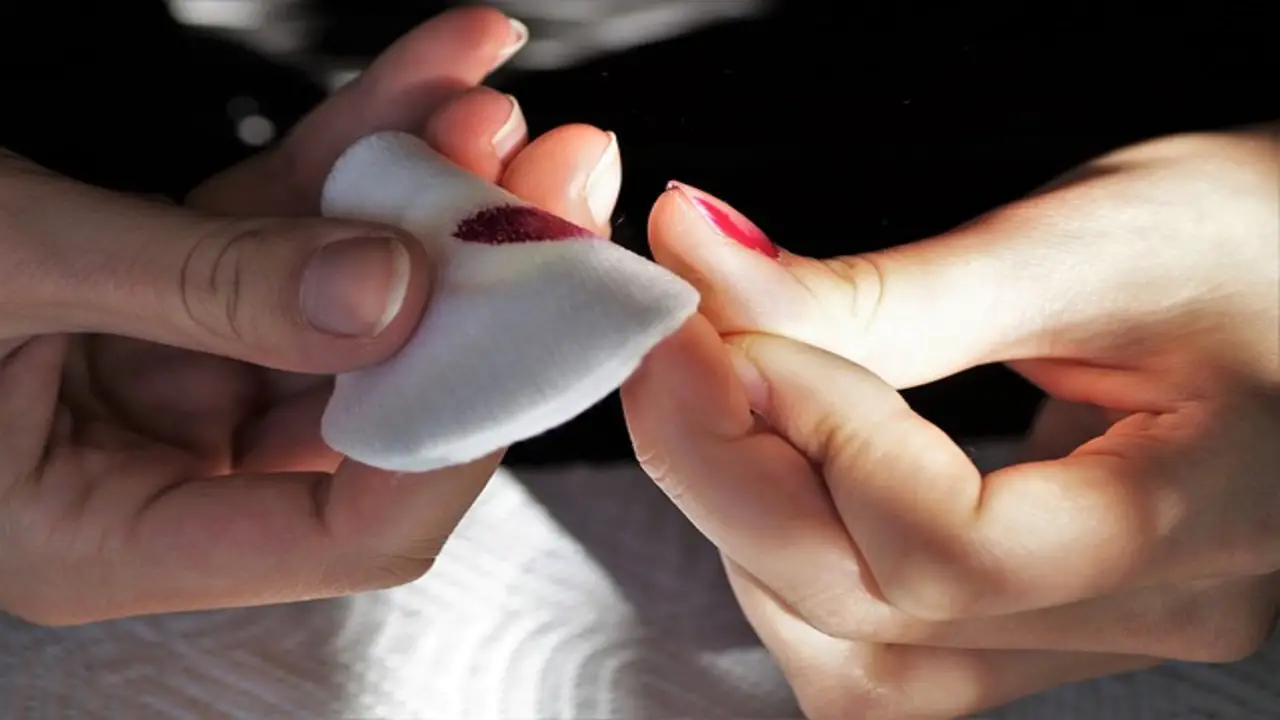
Nail polish remover and acetone are often handy interchangeably, but they are not exactly the same. While nail polish remover typically contains acetone as its main ingredient. It may also contain other ingredients, such as oils or fragrances. Acetone is a strong solvent that can effectively remove nail polish. But it can also have some negative effects on nails and skin.
Acetone can be drying to the nails, causing them to become brittle and prone to breakage. It can also strip the natural oils from the skin surrounding the nails, leading to dryness and irritation. To minimize these effects, use nail polish remover in moderation and follow up with moisturizing products to keep your nails and skin healthy.
Effects Of Acetone On Nails And Skin
Acetone is a common ingredient found in many nail polish removers. And while it is effective at removing nail polish, it can also have some negative effects on nails and skin. Acetone is a strong solvent that can strip the natural oils from your nails, leaving them dry and brittle.
It can also cause irritation and redness on the skin surrounding your nails if it comes into contact with it for an extended period of time. To minimize these effects, using acetone-based products sparingly and moisturize your nails and skin after using them is important. Additionally, consider using non-acetone nail polish removers as a gentler alternative.
Pros And Cons Of Using Nail Polish Remover
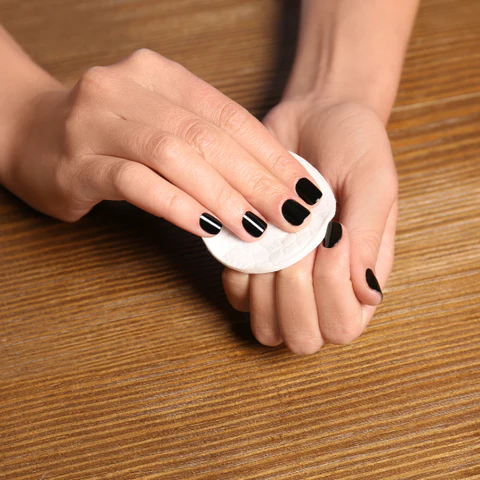
Using nail polish remover is a common method for removing nail polish. But it’s important to understand the pros and cons before using it. Here are some key points to consider. It’s important to note that there are also non-acetone alternatives available that are less harsh on the nails and skin. Ultimately, it’s up to individual preference and needs when deciding whether to use nail polish remover with acetone or a gentler alternative.
Pros:
- Effective at removing nail polish
- Widely available
- It can be handy on most types of nail polish
Cons:
- Strong odor
- Drying effect on nails
Pros And Cons Of Using Acetone
Using acetone as a nail polish remover has both pros and cons. Here are some factors to consider. While acetone is an effective nail polish remover. It is important to weigh the pros and cons before deciding whether or not to use it. If you have concerns about the potential negative effects of acetone, alternative nail polish removers that are gentler on the nails and cuticles are available.
Pros:
- Effective at removing stubborn nail polish
- Quick drying
- Widely available
Cons:
- Dries out the nails and cuticles
- Strong odor
How To Properly Use Nail Polish Remover For Safe And Effective Results

Using nail polish remover is a common practice for removing nail polish, but it’s important to understand how to use it for safe and effective results. Here are some tips. By following these steps, you can safely and effectively remove your nail polish without damaging your nails.
- Choose a nail polish remover specifically formulated for your type of nail polish (e.g., acetone-free for regular polish, acetone-based for gel polish).
- Before applying the remover, wash your hands and dry them thoroughly.
- Soak a cotton pad or ball with the remover and gently press it onto each nail, holding it in place for a few seconds to allow the remover to penetrate the polish.
- Once the polish starts to dissolve, gently wipe away the polish using gentle strokes, moving from the base of the nail toward the tip.
- If any stubborn areas or residue are left behind, you can use a clean cotton swab dipped in remover to target those spots.
- After removing all the polish, rinse your hands with warm water and apply moisturizer to keep your nails and cuticles hydrated.
Conclusion
Understanding the key differences between acetone and non-acetone nail polish removers is essential for maintaining healthy nails. While acetone-based removers are more effective at removing stubborn nail polish, they can be harsh and dry to the nails.
On the other hand, non-acetone removers are gentler but may require more effort to remove certain types of polish. When choosing a nail polish remover, it’s important to consider your individual needs and preferences.
Additionally, if you’re concerned about the potential risks of acetone or prefer a more natural approach, alternative methods exist for removing nail polish without acetone. Ultimately, prioritize the health and well-being of your nails and choose a remover that aligns with your needs. Hope now you clear idea of whether are nail polish remover and acetone the same or not.
Frequently Asked Questions
1.Can I Use Nail Polish Remover Instead Of Acetone?
Ans: While nail polish remover and acetone are not exactly the same, many removers contain acetone as an active ingredient. If your remover has acetone, it can be used as a substitute. However, if it doesn’t, it may not work effectively.
2.Is All Nail Polish Remover 100% Acetone?
Ans: Not all nail polish removers are 100% acetone. Some contain other solvents or oils to be gentler on nails and skin. Acetone-based removers are more effective at removing stubborn polish. Always check the label for acetone or other solvents.
3.What Percentage Of Acetone Is Nail Polish Remover?
Ans: Nail polish remover contains varying percentages of acetone, ranging from 100% to lower amounts depending on the brand and product type. It’s important to check the label or ingredient list to determine the specific percentage in your nail polish remover, as some may also include additional ingredients like oils or fragrances.
4.Can I Use Nail Polish Remover To Remove Acrylic Nails?
Ans: Using nail polish remover to remove acrylic nails may not be effective. While nail polish remover contains acetone, which is used to remove acrylic nails, it is recommended to use pure acetone for better results. However, be cautious, as acetone can potentially damage your skin and nails.
5.Are Acetone And Nail Polish Remover The Same?
Ans: Acetone and nail polish remover may seem similar, but they are different. Nail polish remover is a solvent used to remove nail polish, while acetone is a strong, colorless solvent with various applications. Although most nail polish removers contain acetone, not all acetone is a nail polish remover.

